Begun as the Cooper-Monatah Hotel, but requisitioned by the federal government and used as a military hospital before it ever opened. Operated for years as a segregationist white-only family apartment hotel. Home to a short-lived but legendary jazz venue that served integrated audiences. A decade or two as an apartment hotel for middle class Black families. Some down-at-heel years as an SRO. The first project by a now-experienced affordable and supporting housing developer, with mixed results. Displacement, eviction, and then rehabilitation as market-rate housing.
...there’s a lot going on with the Chicago’s Hotel Sutherland. Too much for one post, so I’ll focus on jazz and affordable housing.
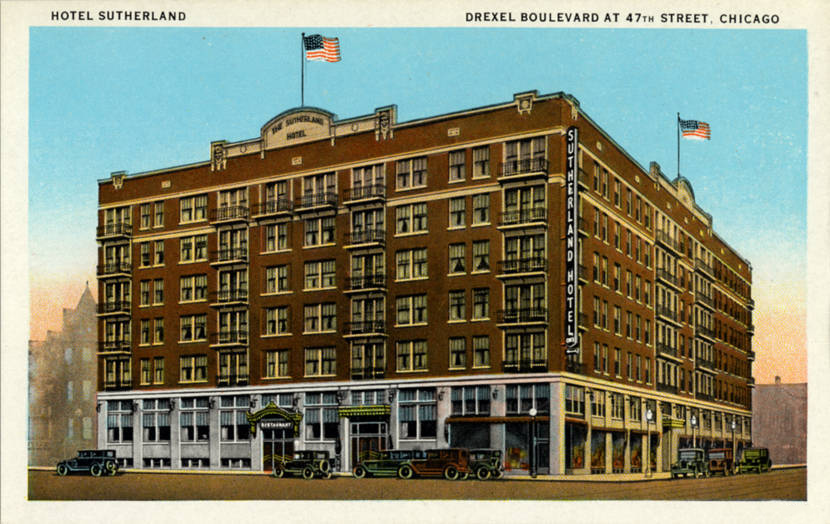
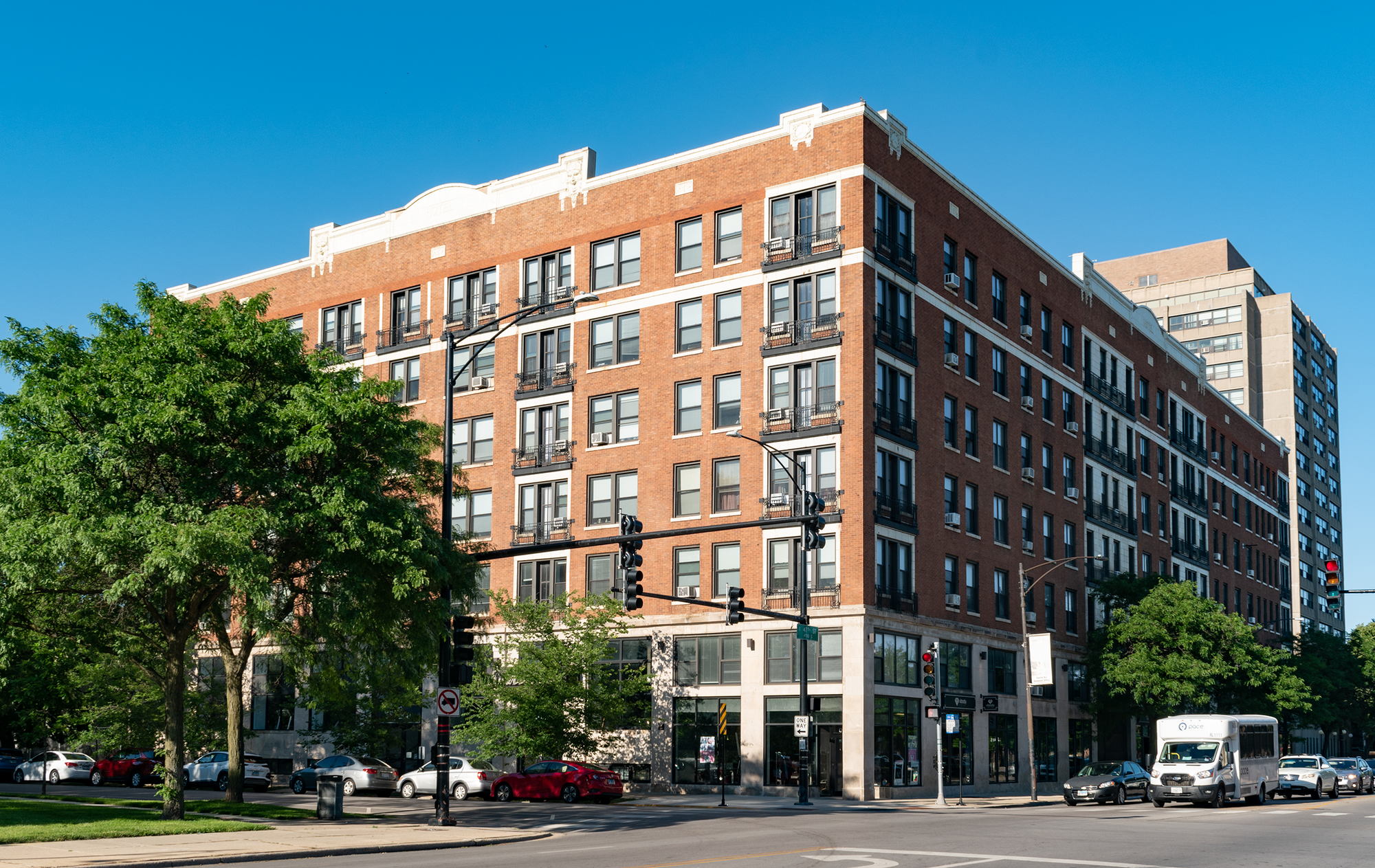
Developer Sherman T. Cooper hired architect Henry L. Newhouse to design a building at the corner of Drexel and 47th in Kenwood, which Cooper intended to open as the Cooper-Monatah Hotel. The American entry into the First World War dashed those plans - the federal government nationalized the half-built hotel for use as a military hospital. Completed in 1919, after the war's end, the 532-bed General Hospital #32 operated as a US Public Health Service hospital for a short time.
Only a few years late, the building finally opened in 1925 as a residential hotel, the Hotel Sutherland, with 200-230 apartments. The Sutherland operated as a segregationist white-only apartment hotel for decades. As Kenwood changed rapidly in the late 40s and 50s, the owners (presumably) white-fled. The new owners integrated the hotel, marketing it to middle-class Black families - it was included in the Green Book.
The music quickly improved - the Sutherland Lounge opened in 1956, which quickly became a hub of the South Side jazz scene. Diverse crowds from across the city rolled up to a rare racially-integrated venue to see world-class jazz: Nina Simone, Thelonius Monk, John Coltrane, Dizzy Gillespie, Billie Holiday, Nancy Wilson, and John Coltrane.
The musicians playing here would often stay at the apartment hotel, too. Miles Davis stayed here every year during his holiday residency at the Lounge, and Etta James and Louis Armstrong both lived here. In its seven-year run, the Sutherland Lounge was one of the top jazz venues nationally - and today, the building is one of the only physical remnants of the thriving 1950s South Side scene.
Like other residential hotels the Sutherland was suffocated by statute and stigma, sliding downmarket as a shabby SRO in the 70s. A brighter potential future flickered in 1989 when it was bought by Oakwood Development Corp. and Travelers & Immigrants Aid (now Heartland Housing, one of the bigger affordable housing developers in Chicago) and rehabbed into affordable housing.
However, this was Heartland’s first-ever affordable housing project. They’d only won a 15 year commitment to affordability from their partner, so when those 15 years were up, those 155 units of affordable housing could be sold to anyone - Heartland had no right of first refusal with the limited partner. To retain some control over the building's fate, Heartland bought out their partner, but they failed to raise enough to retire the debt and rehab it.
Over tenacious tenant opposition, Heartland sold to MAC Properties in 2010 on the condition they keep a portion of the apartments affordable. They evicted the remaining residents, got the building listed on the NRHP, and the attractively rehabbed Sutherland reopened as mostly market-rate apartments in 2013.
This really seems like it was a missed opportunity by the CHA, who, with a little creativity, could have used their massive cash reserves to save some affordable housing and meet the goals they'd laid out with their 2000s-era Plan for Transformation. Instead, they resorted to padding their numbers with thousands of questionable units.
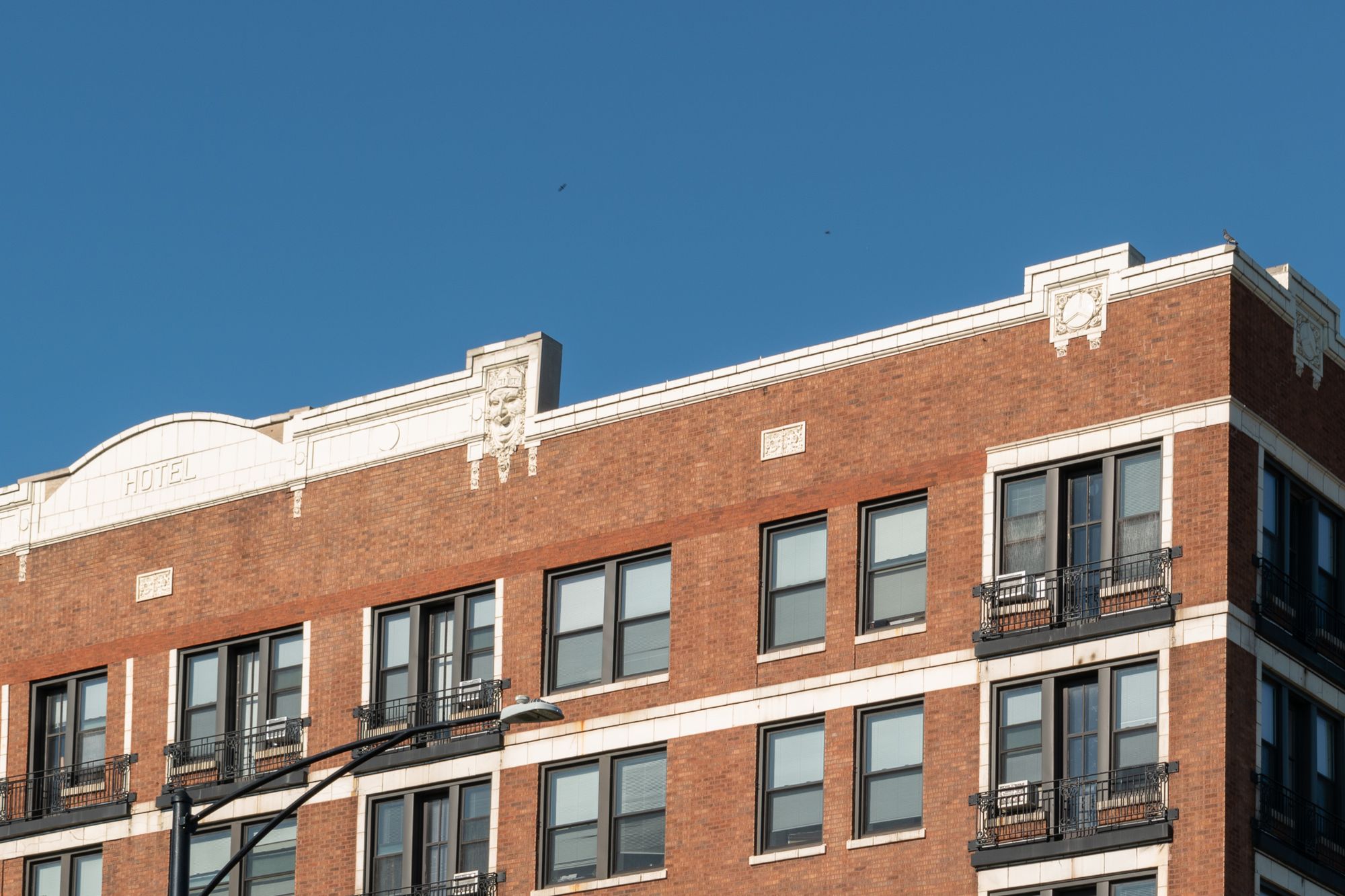
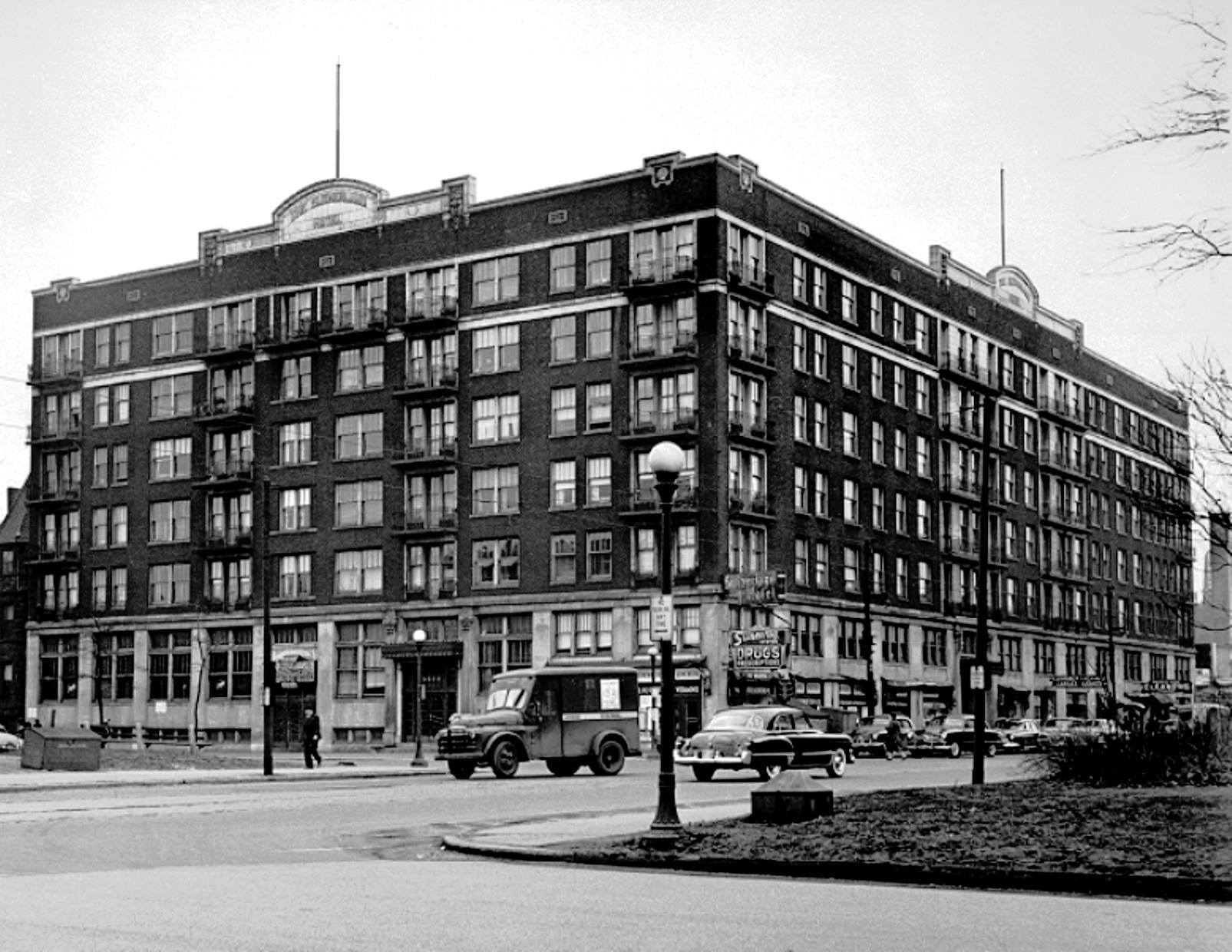
Production Files
Primary sources, rhizomatic reading, odds and ends that turned up in researching this.
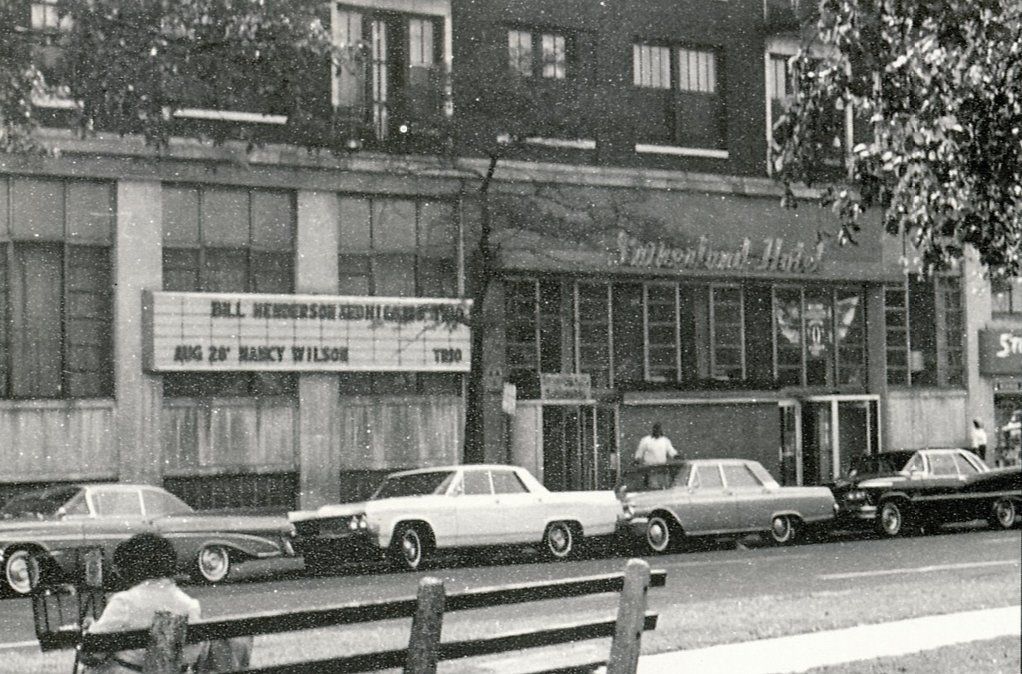
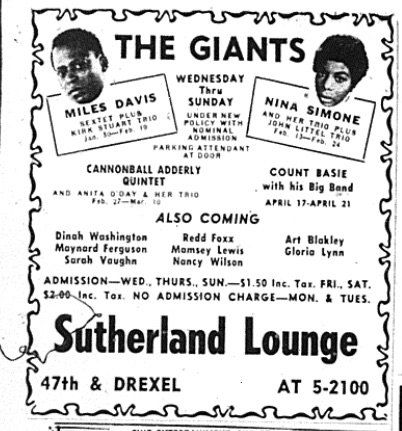
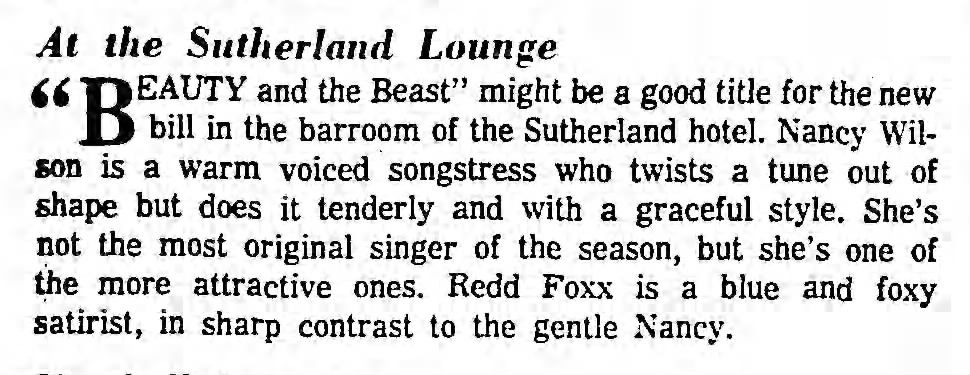
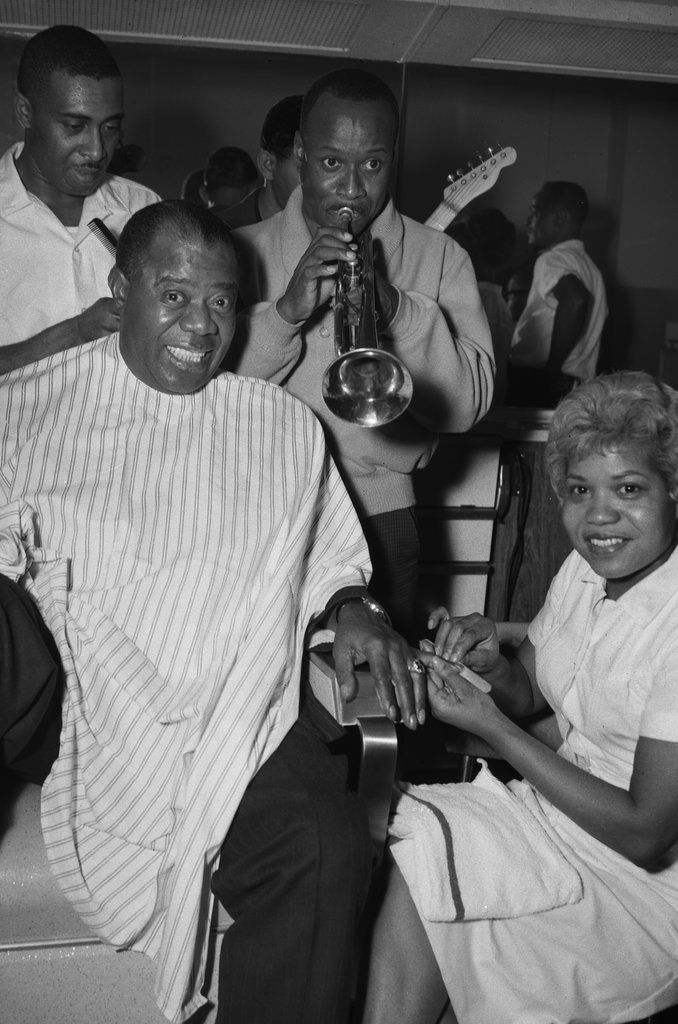

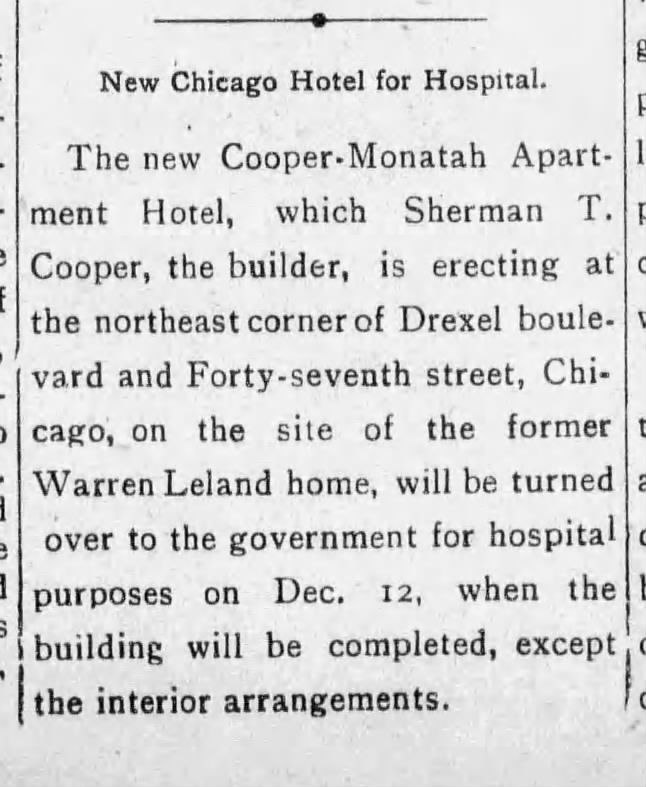
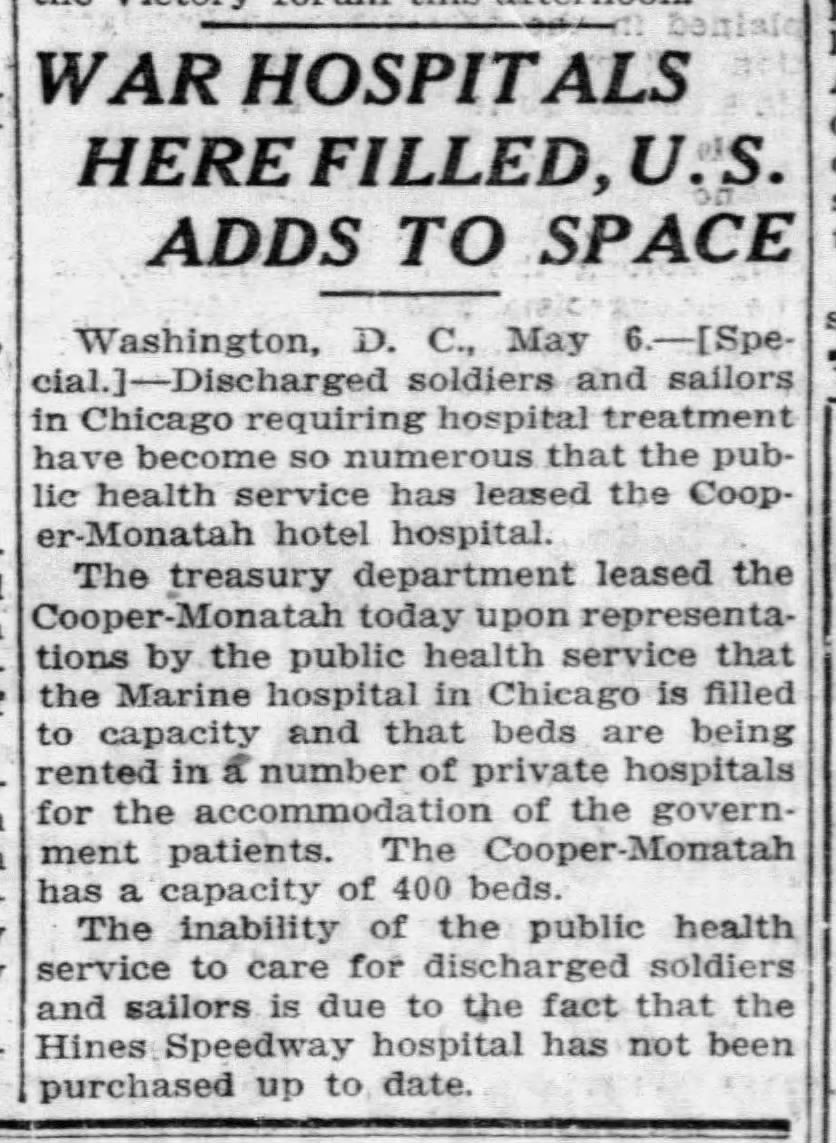
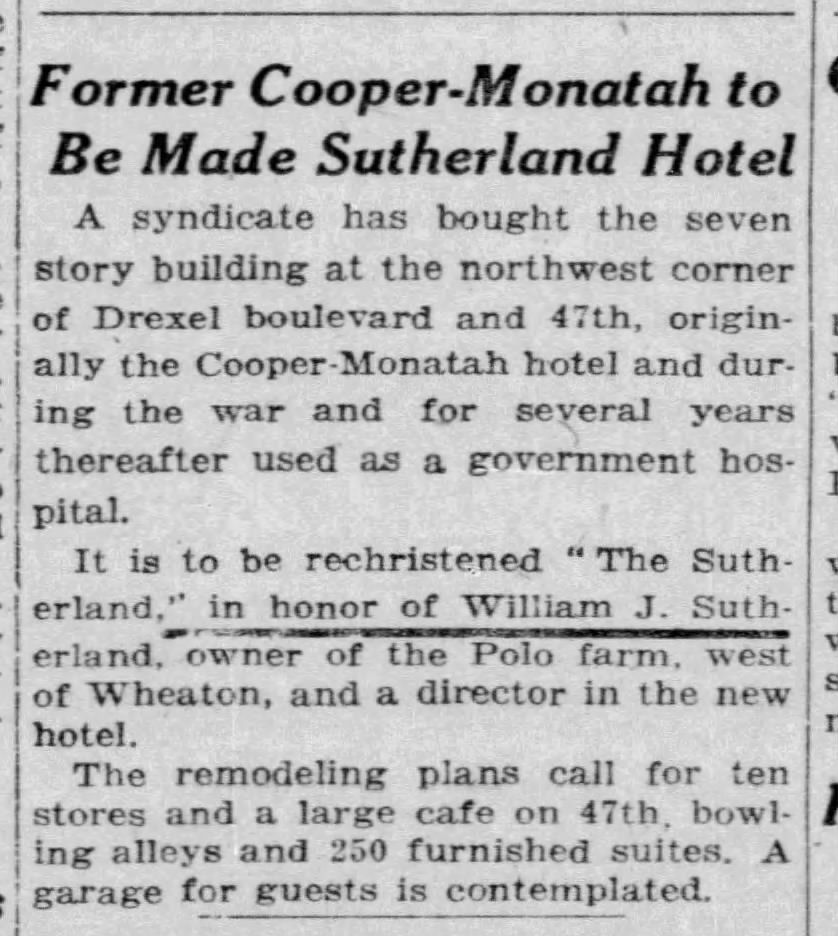
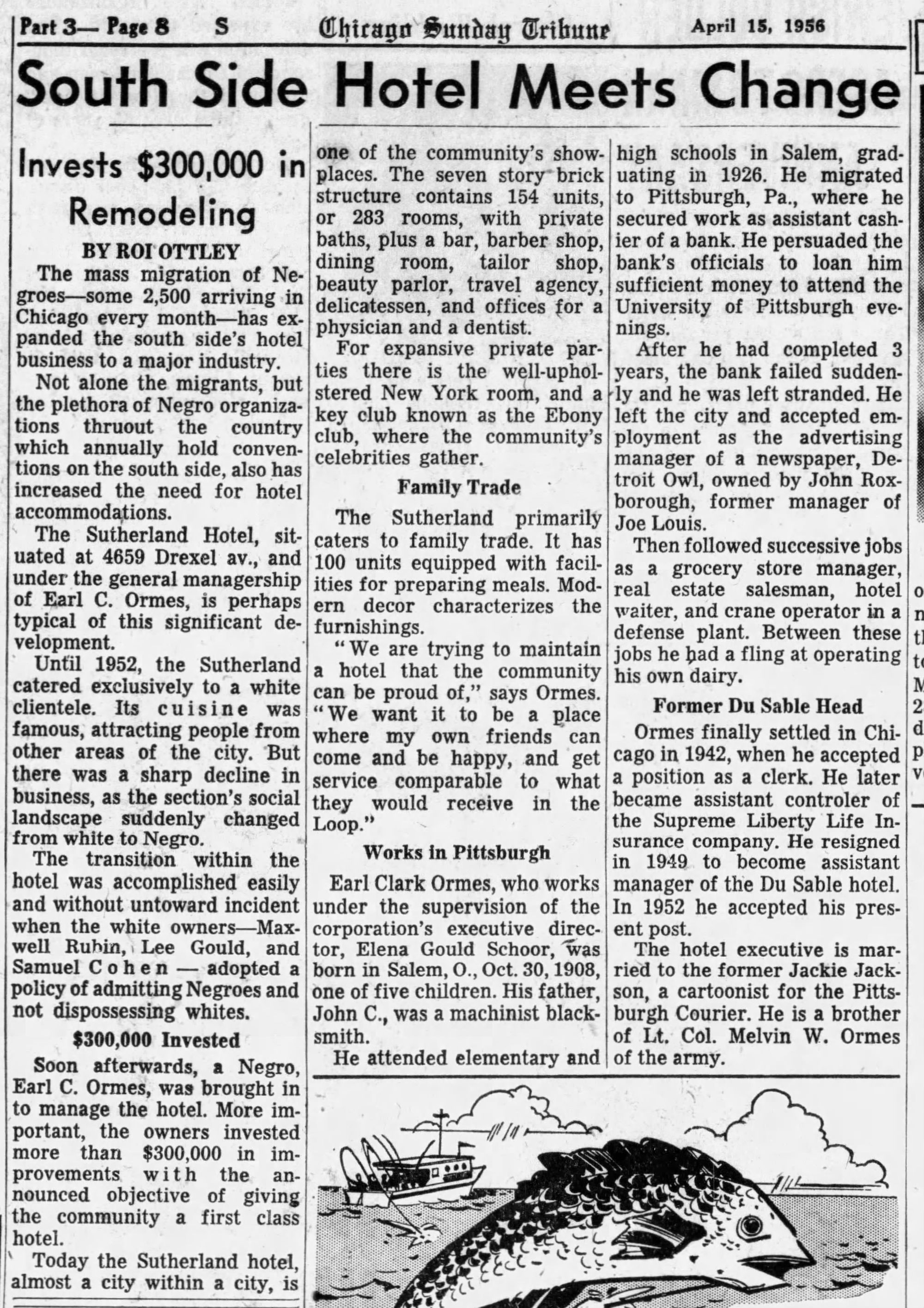
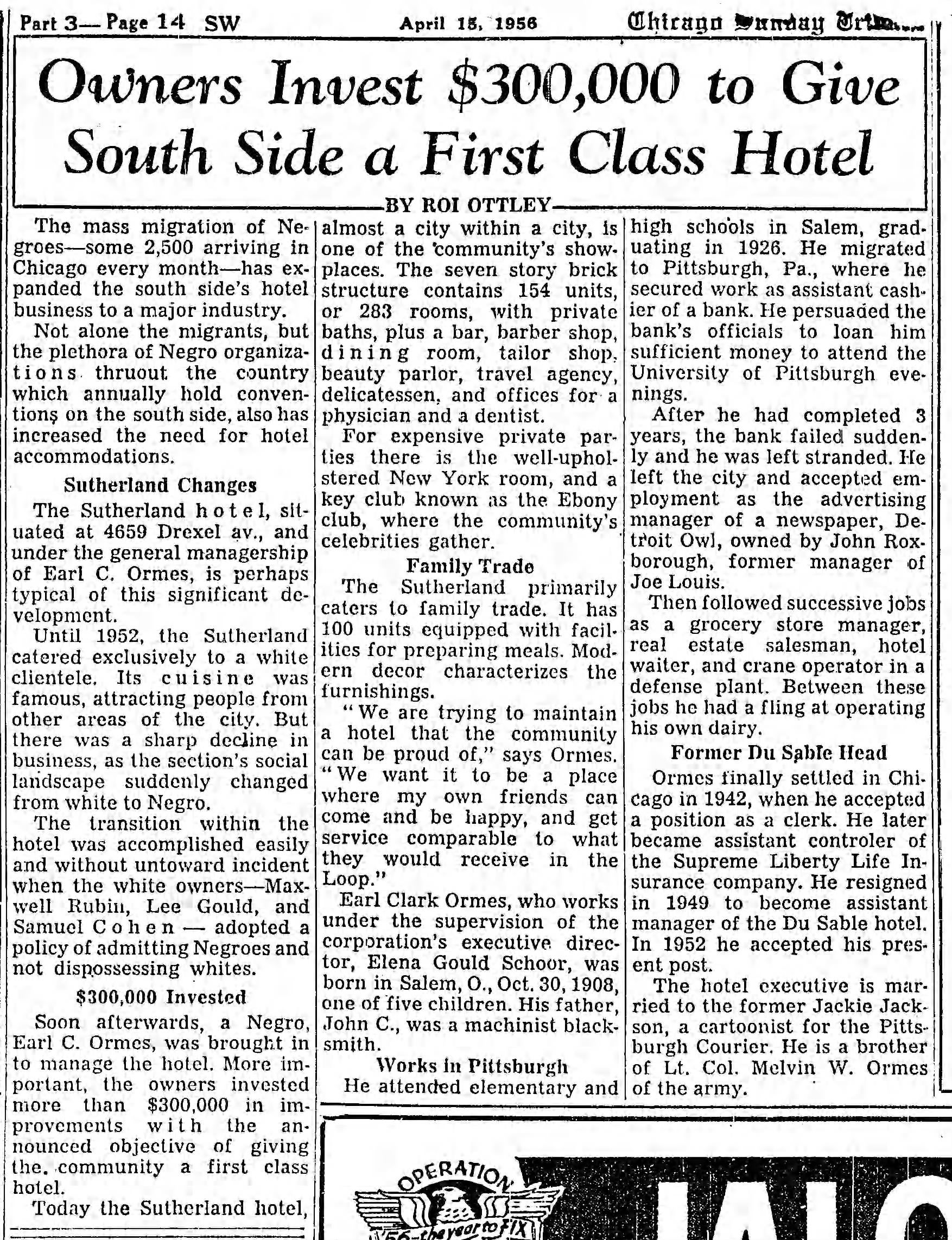
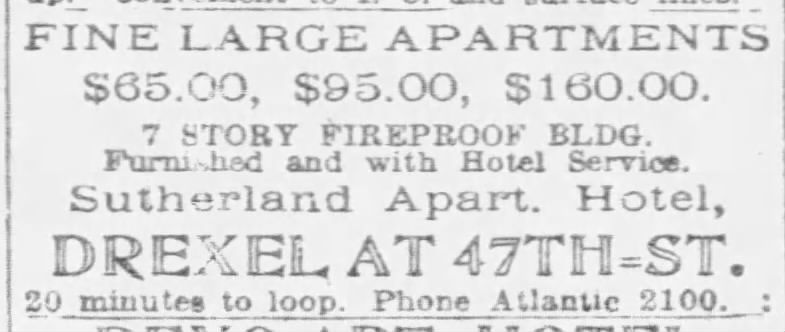
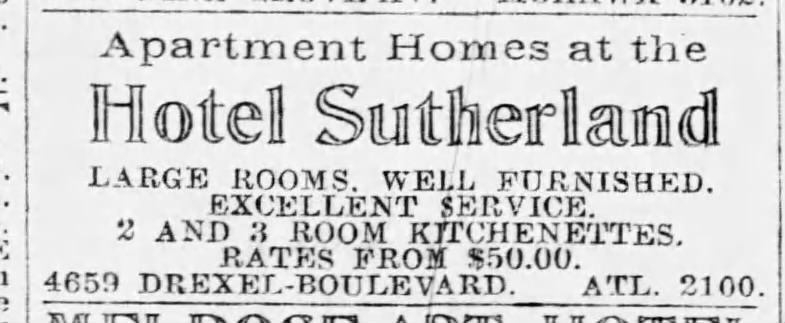



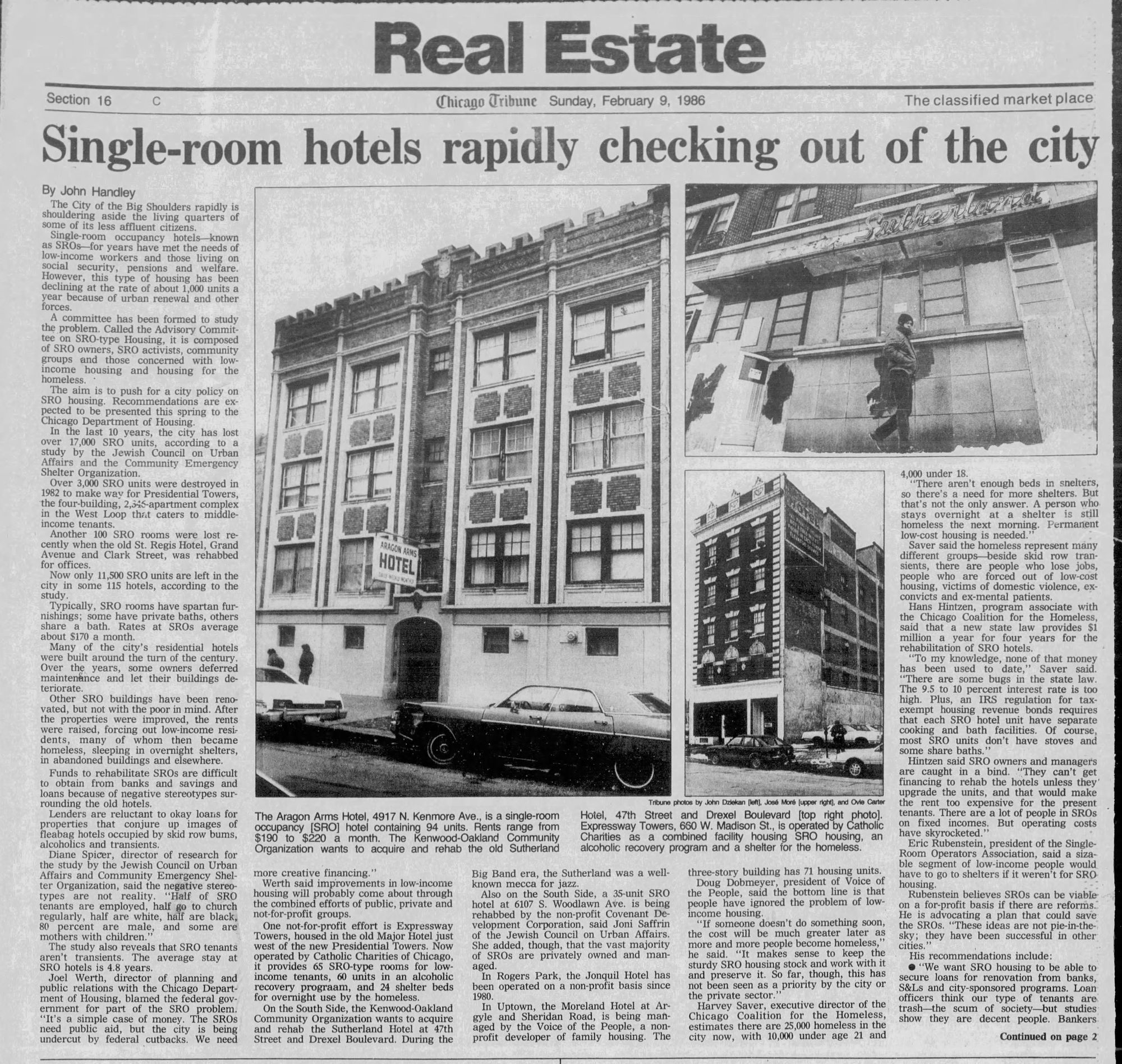
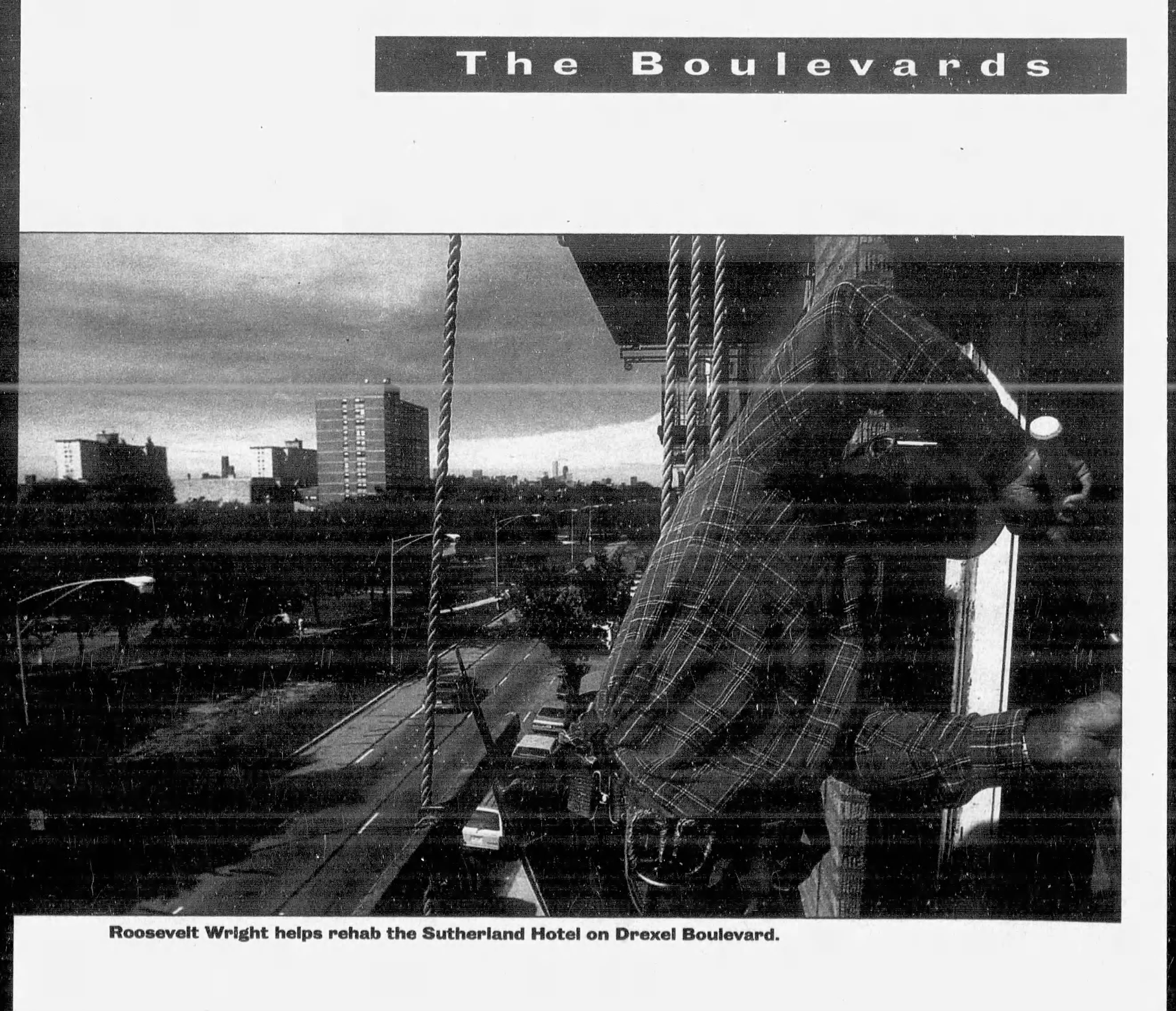
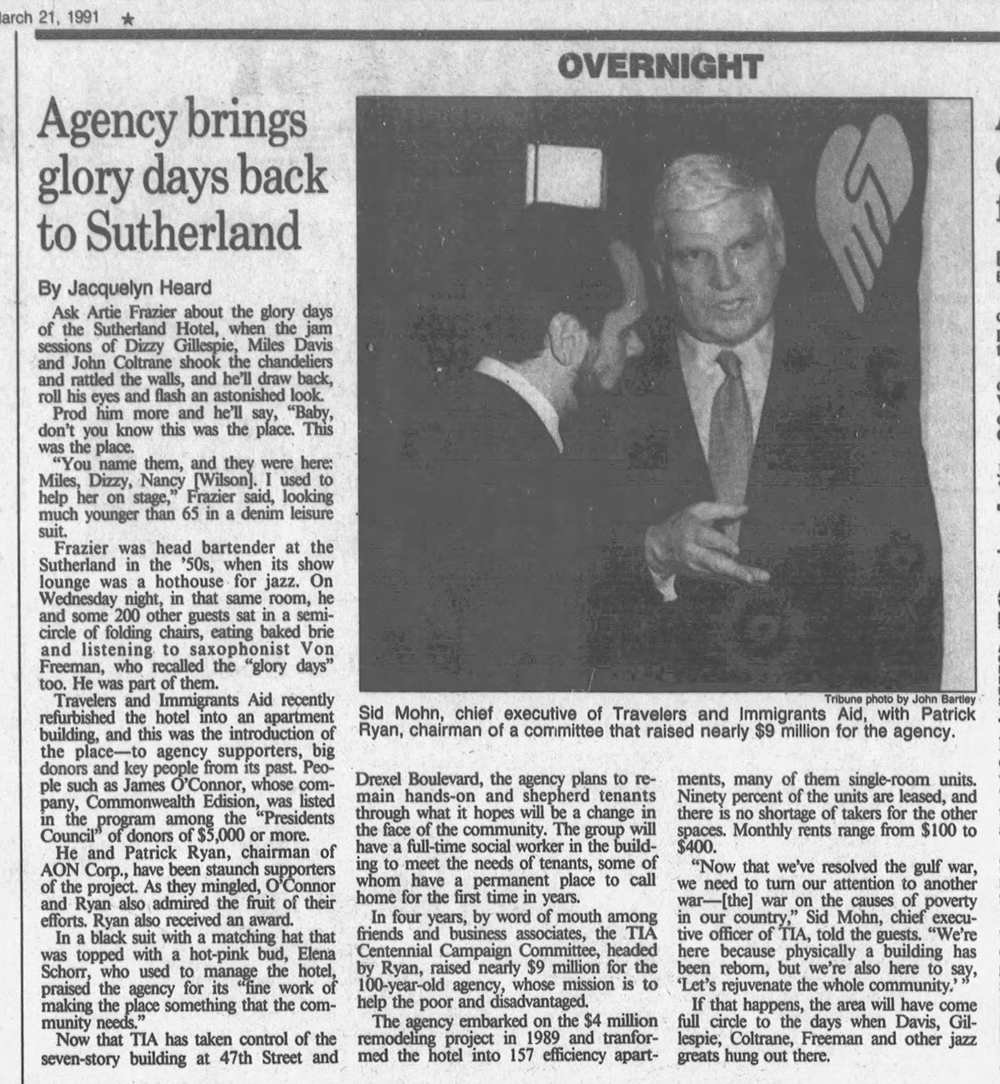
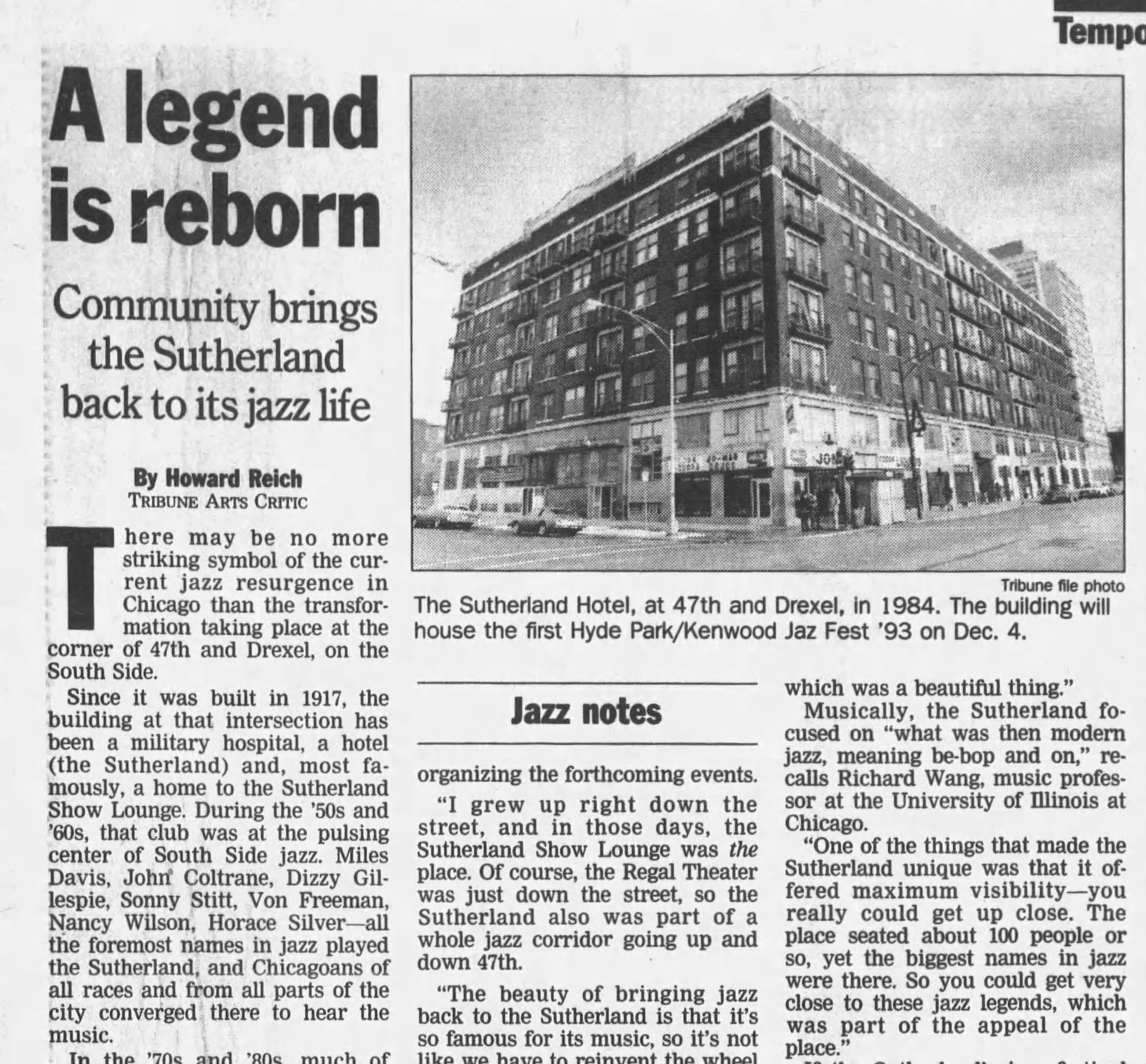
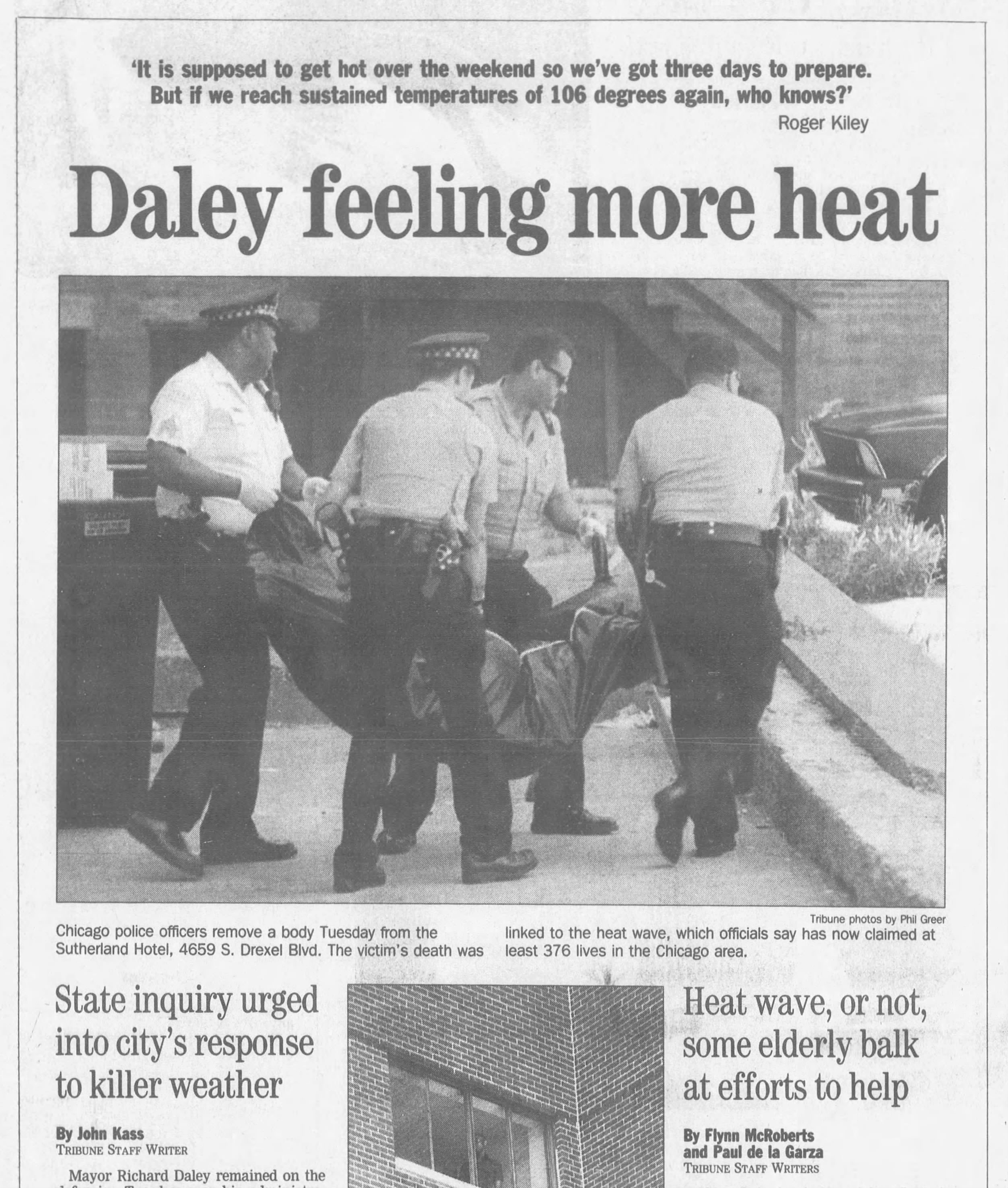
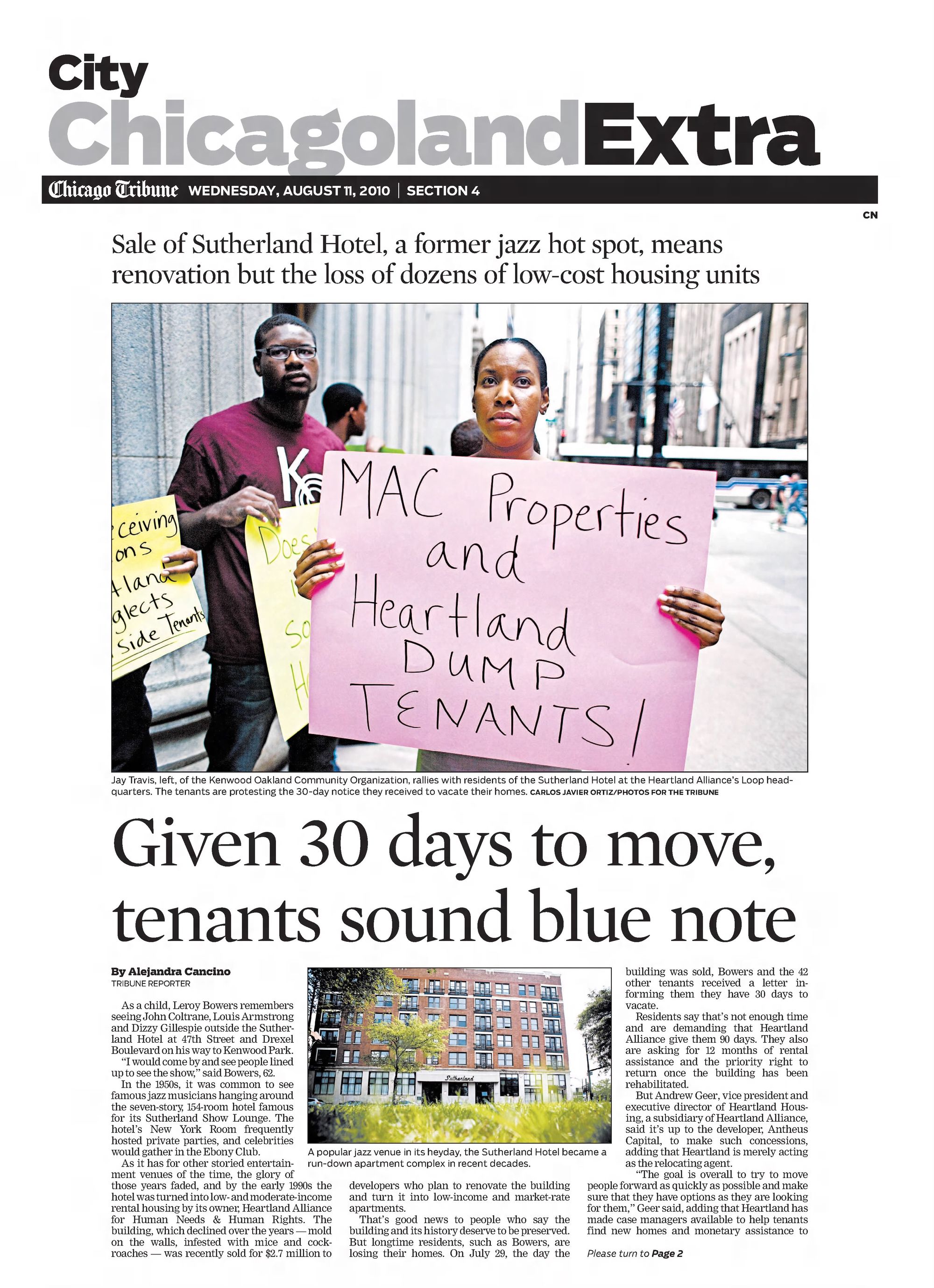
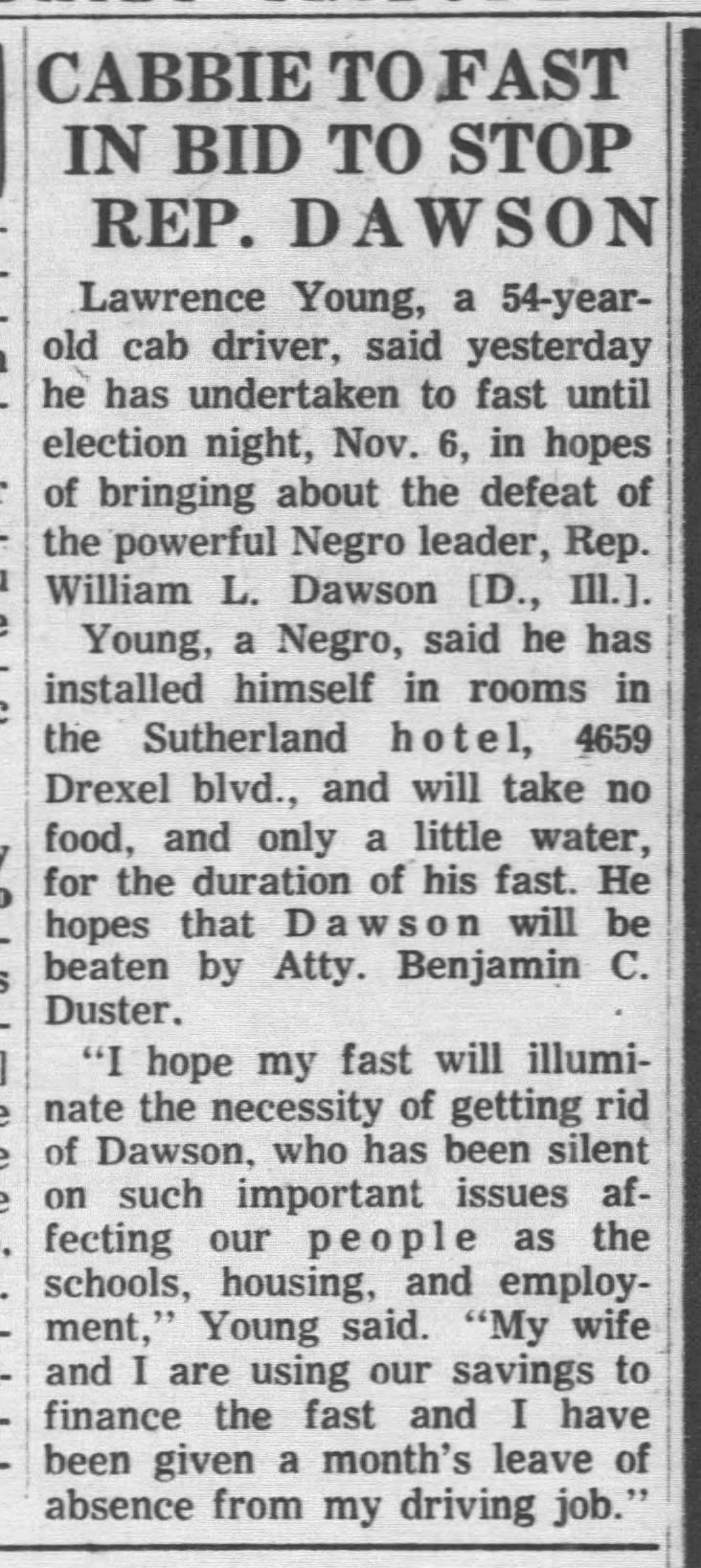

Member discussion: